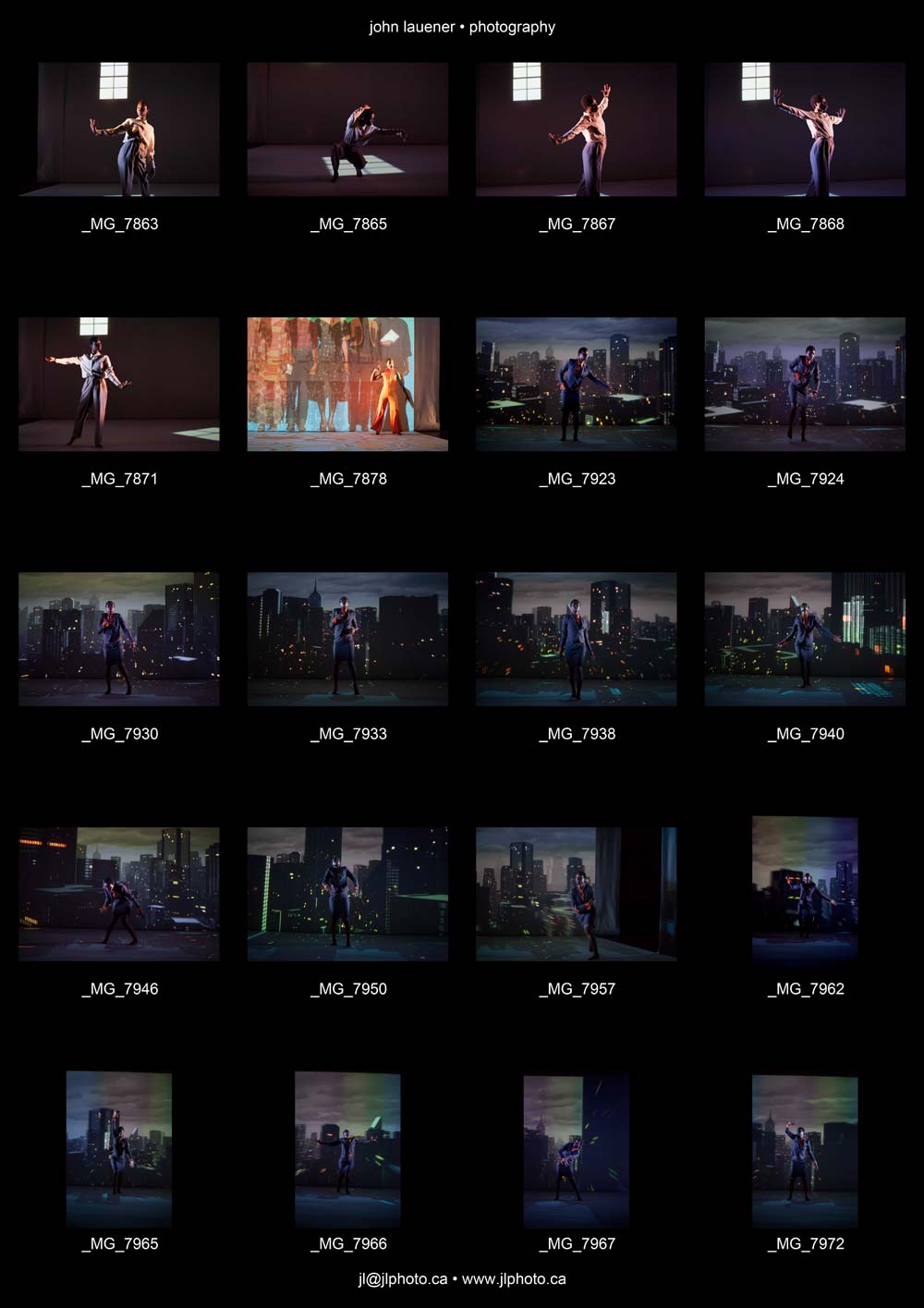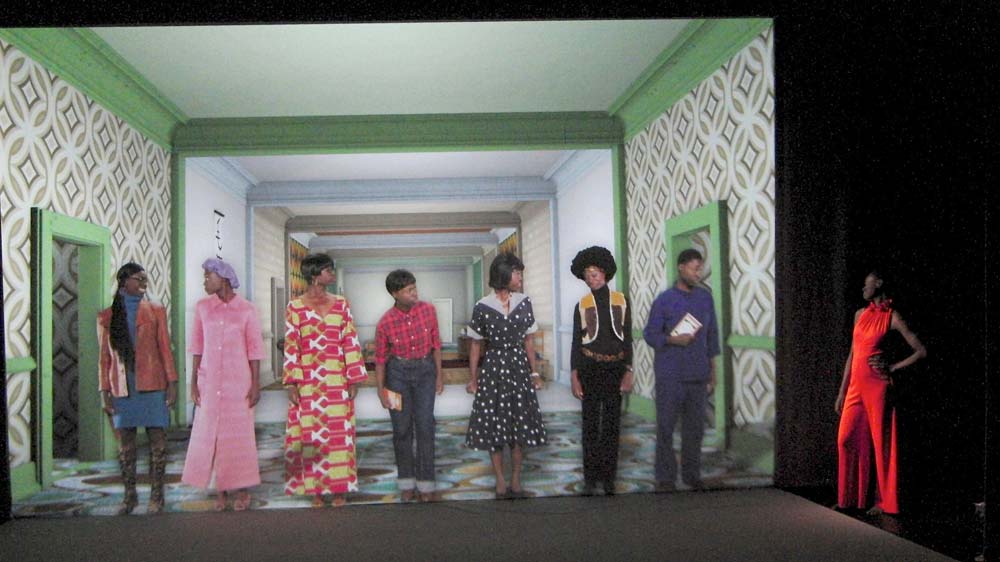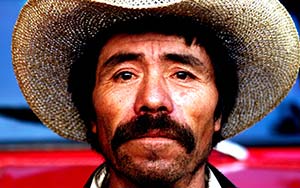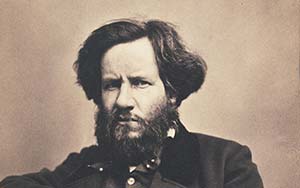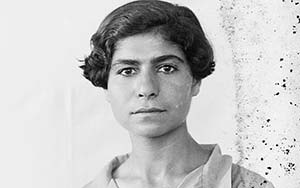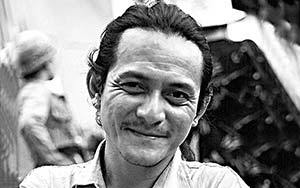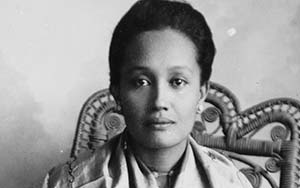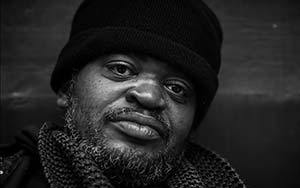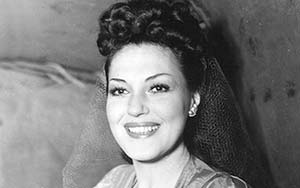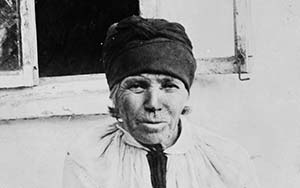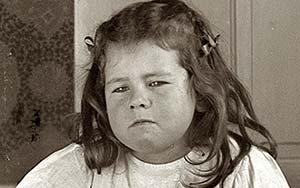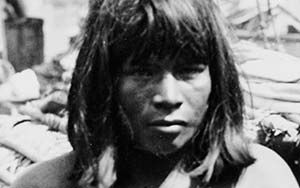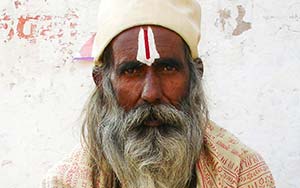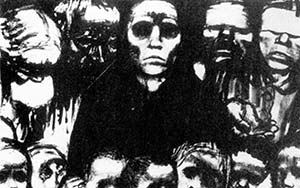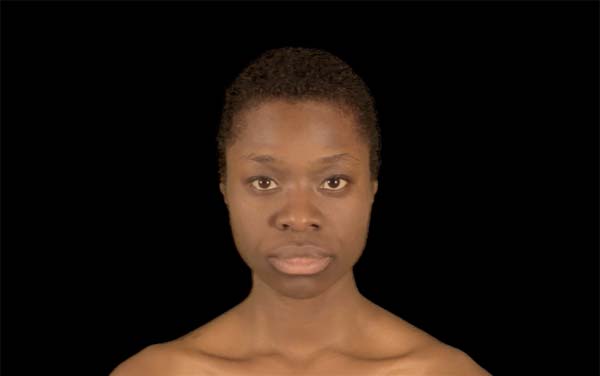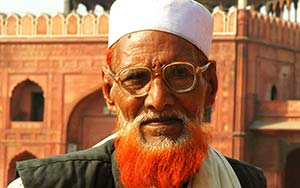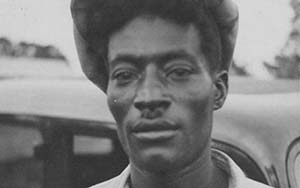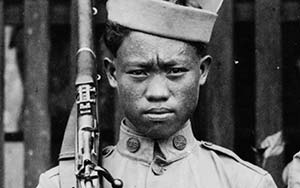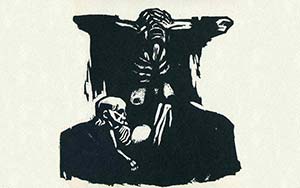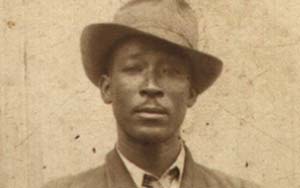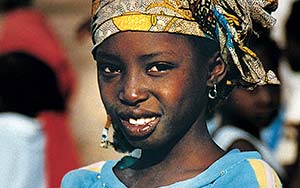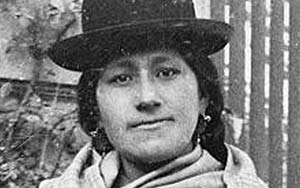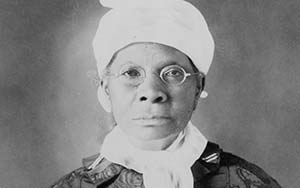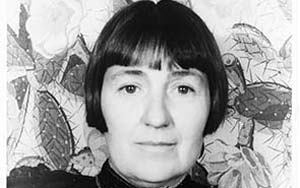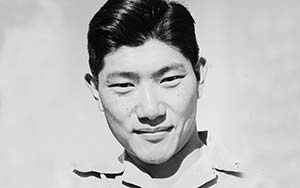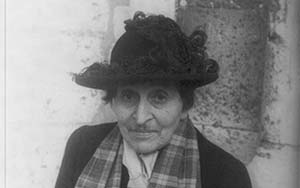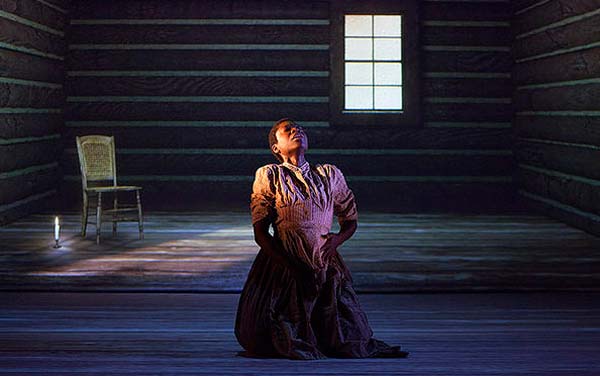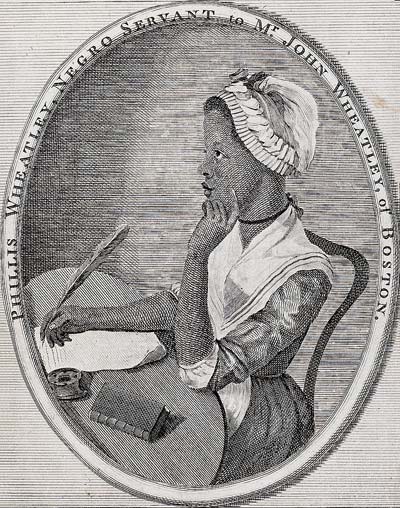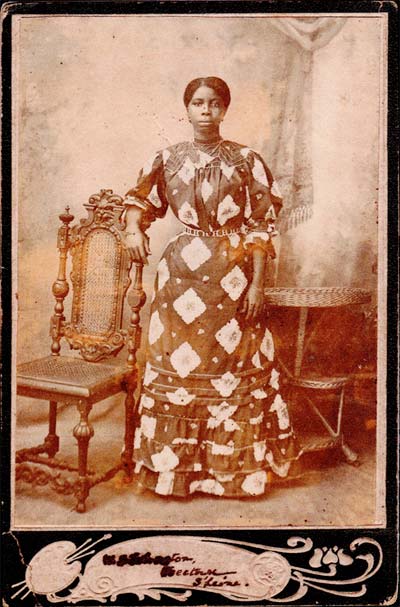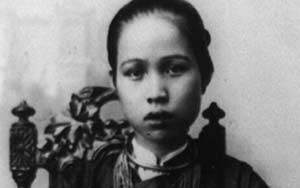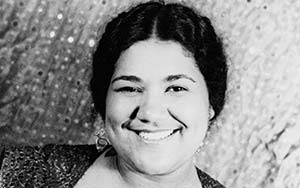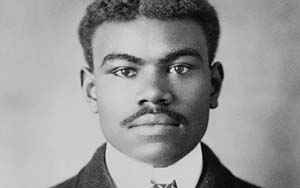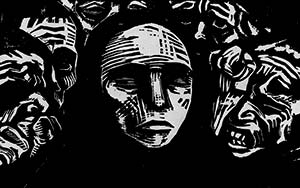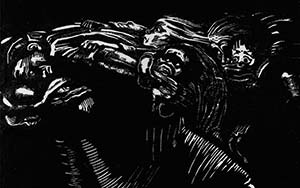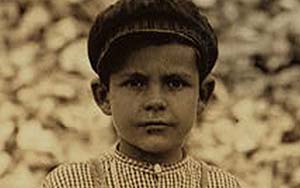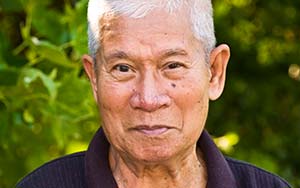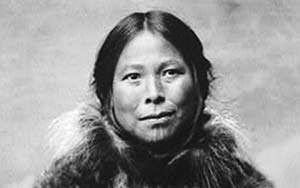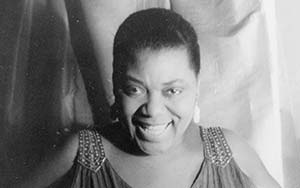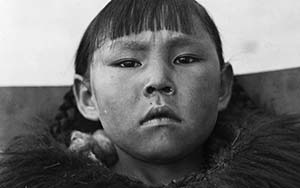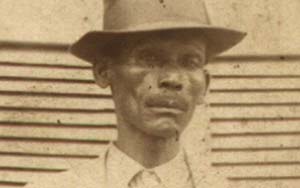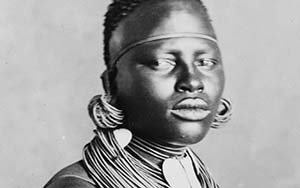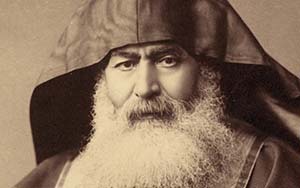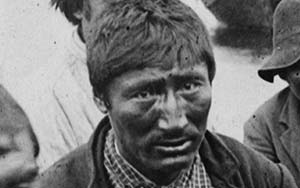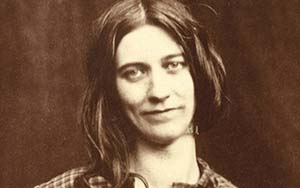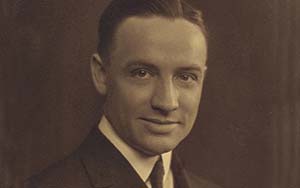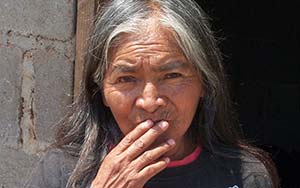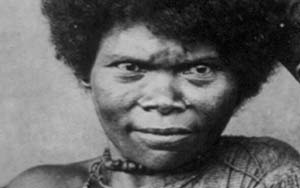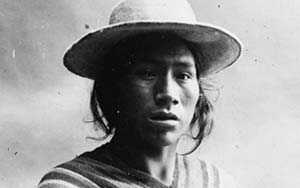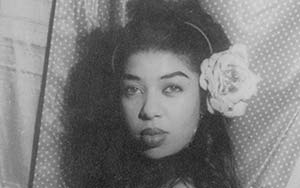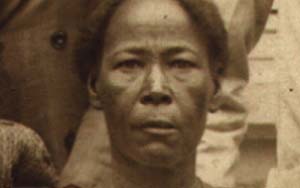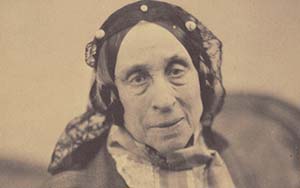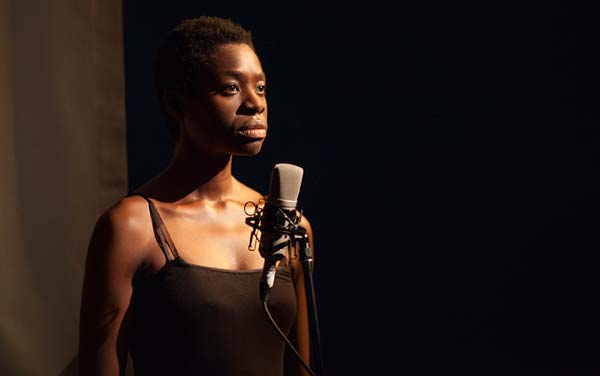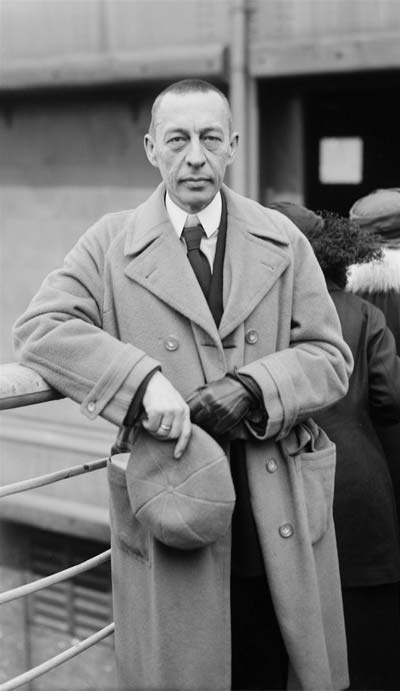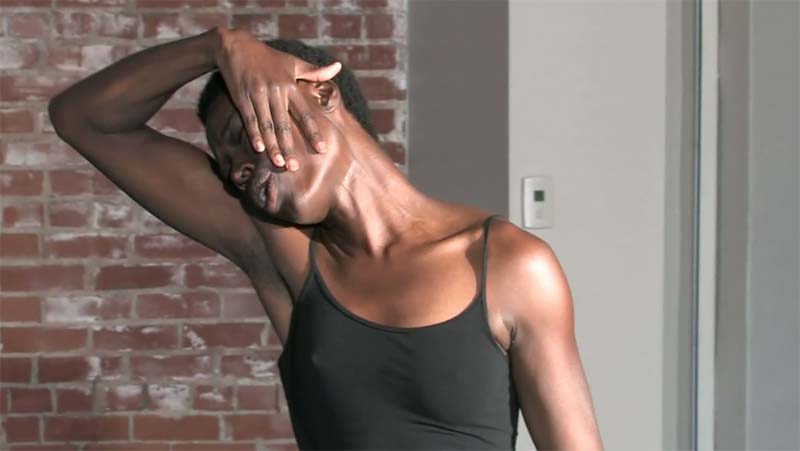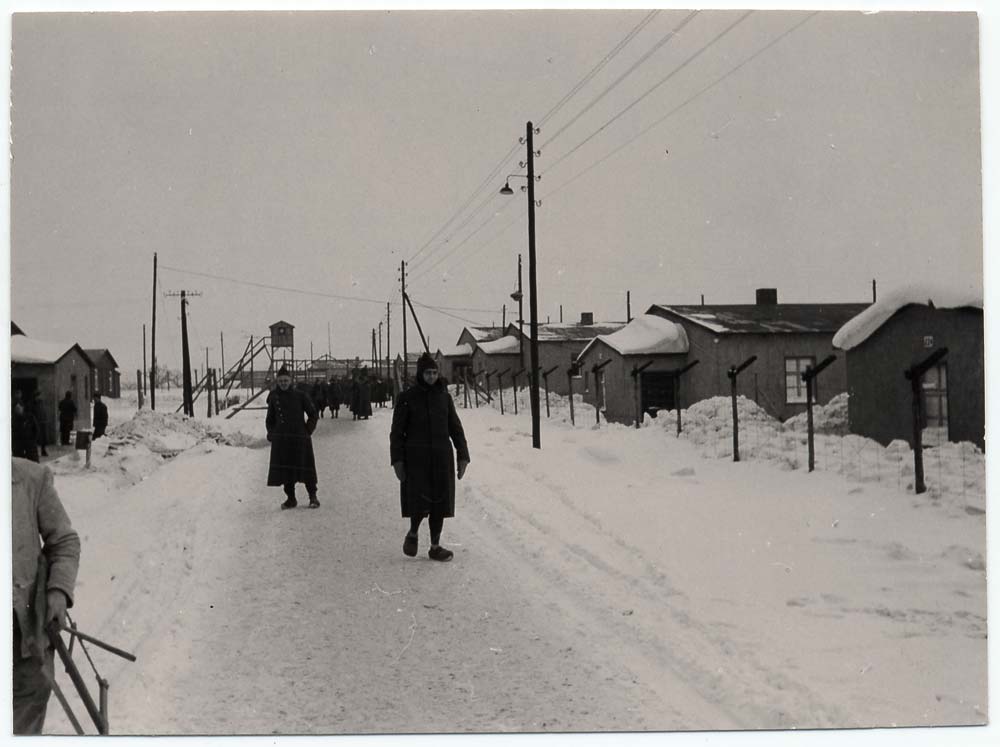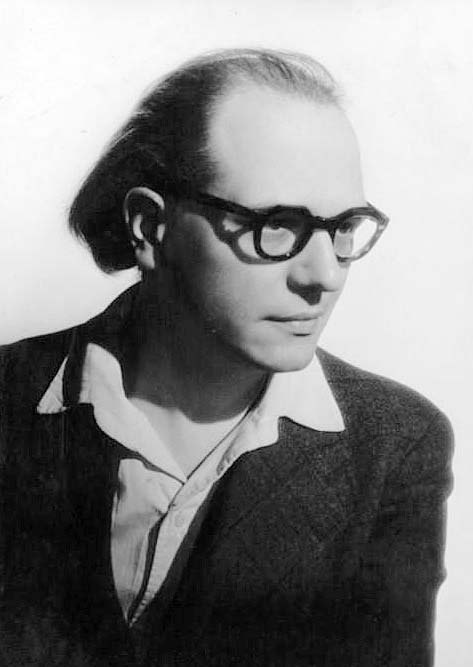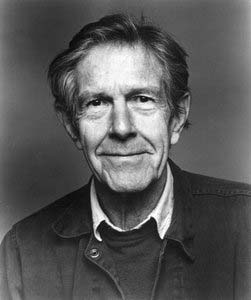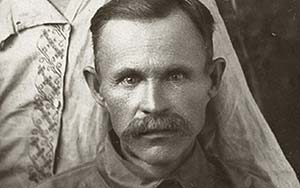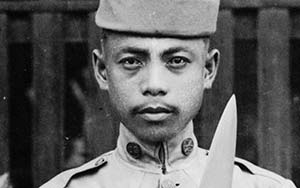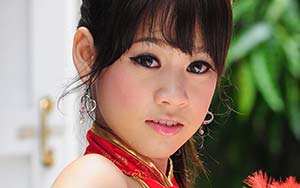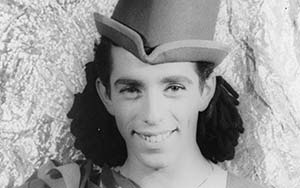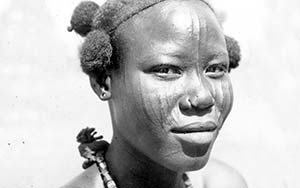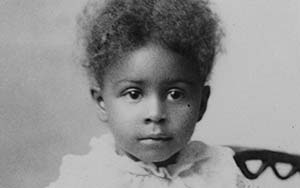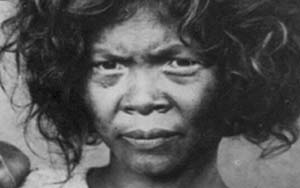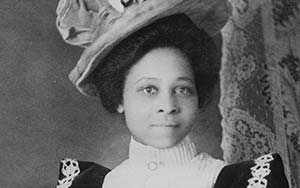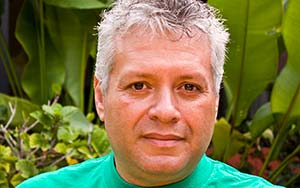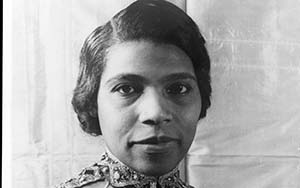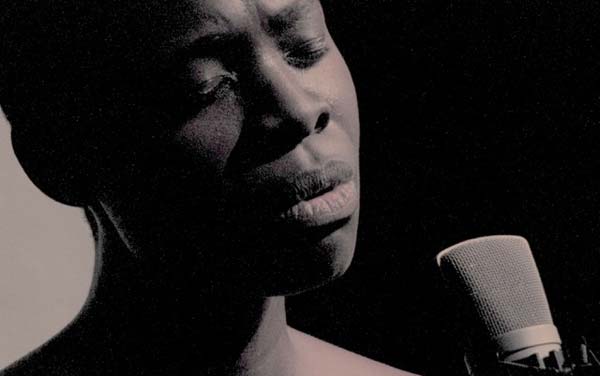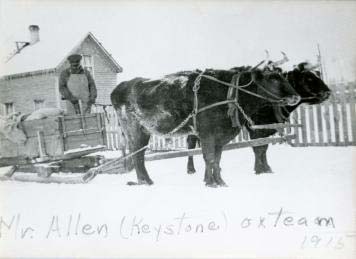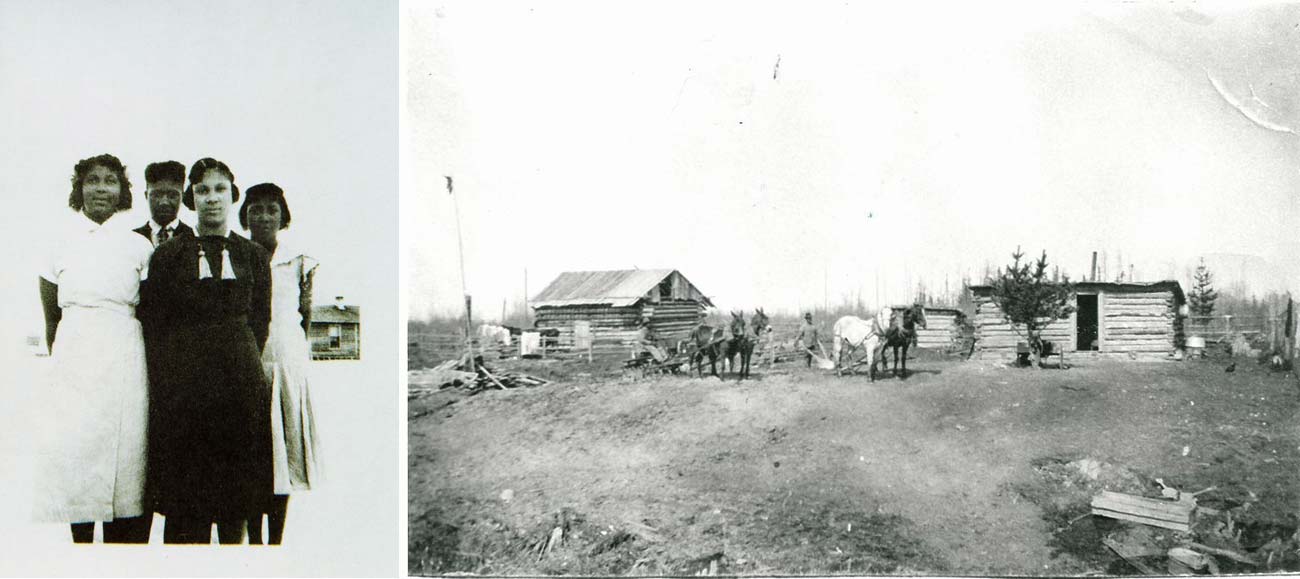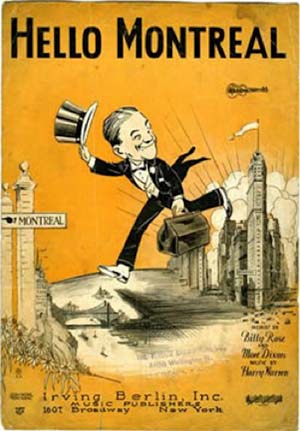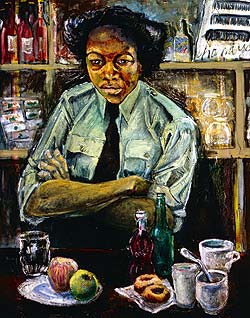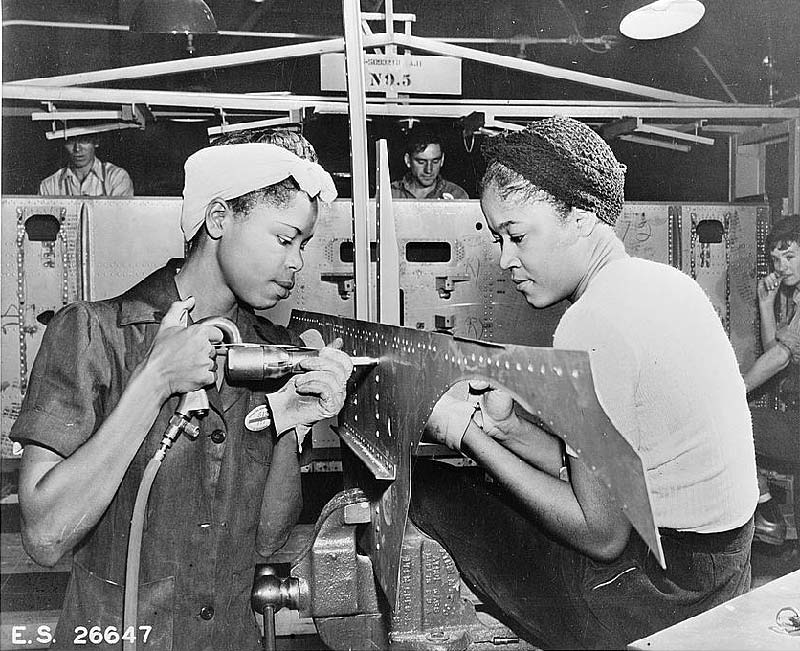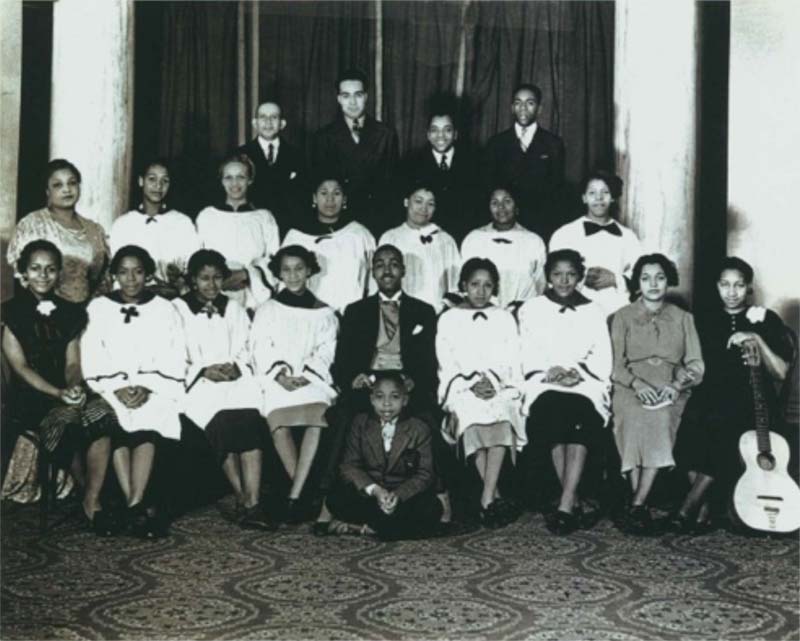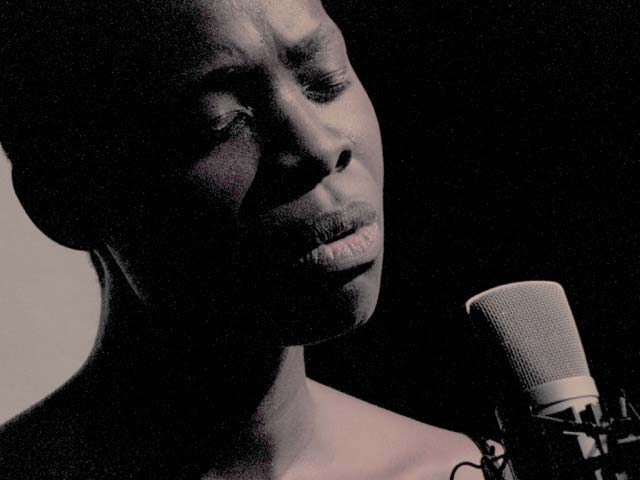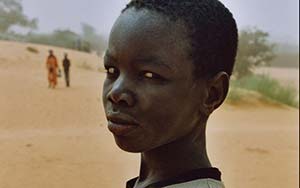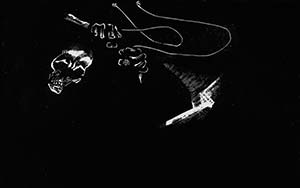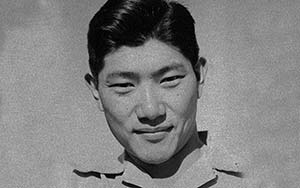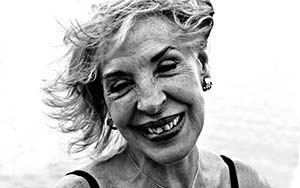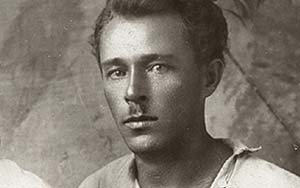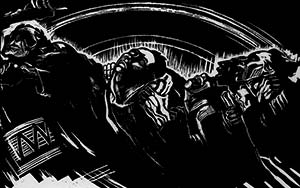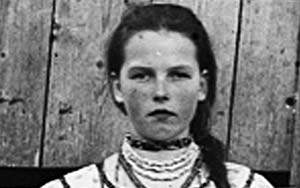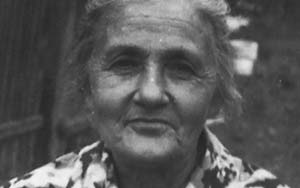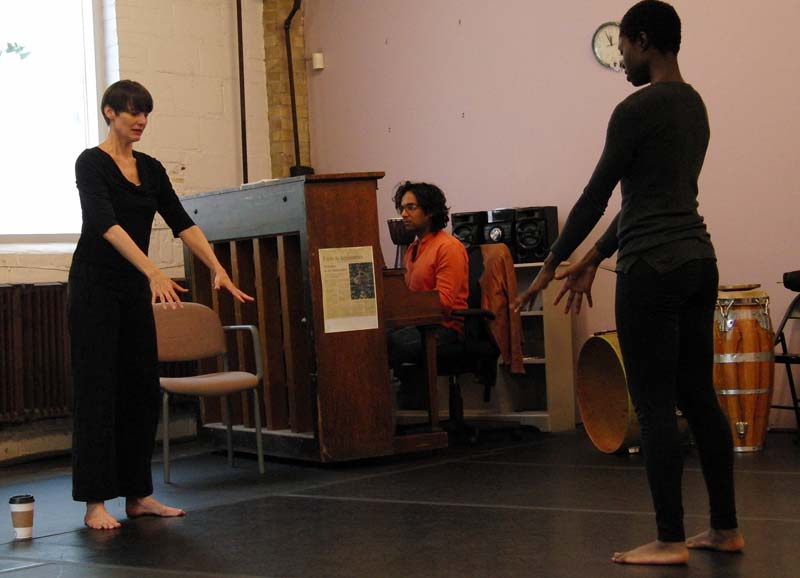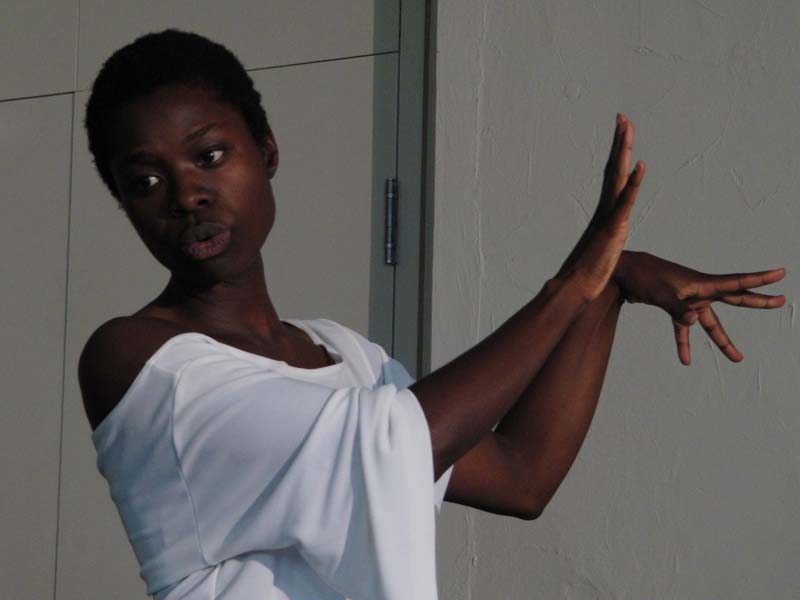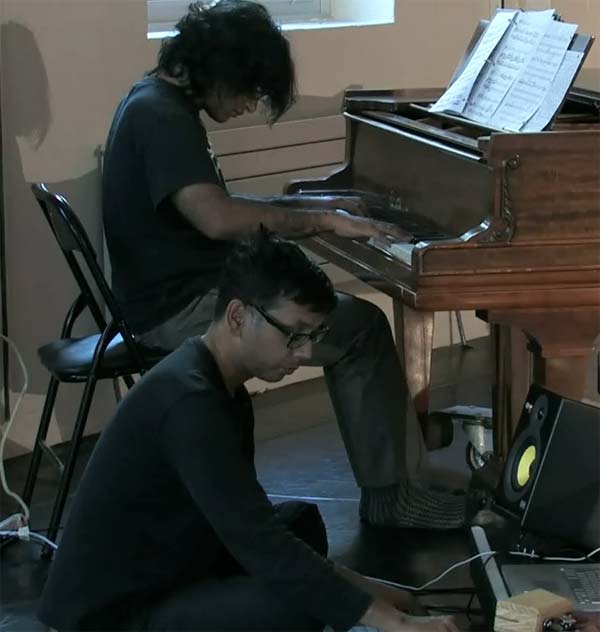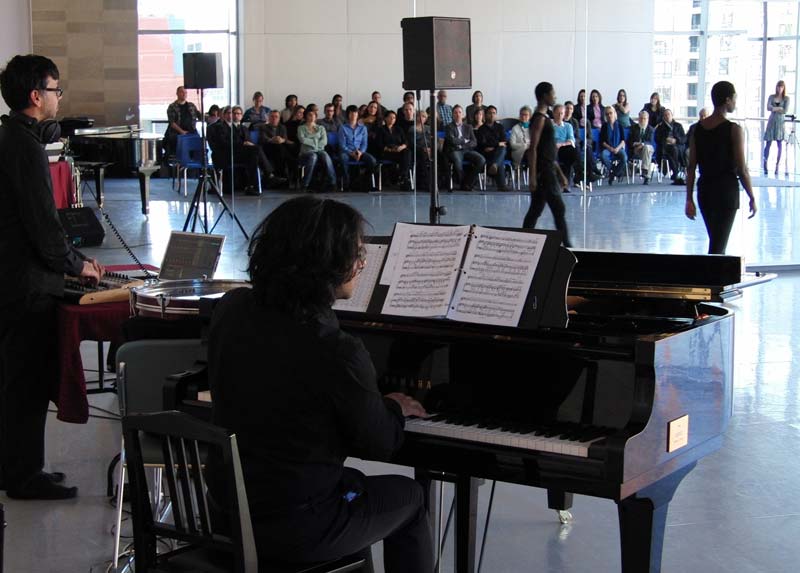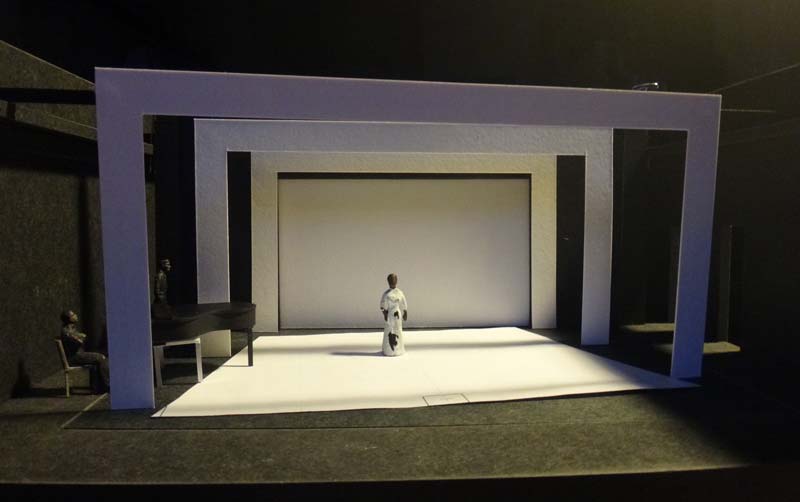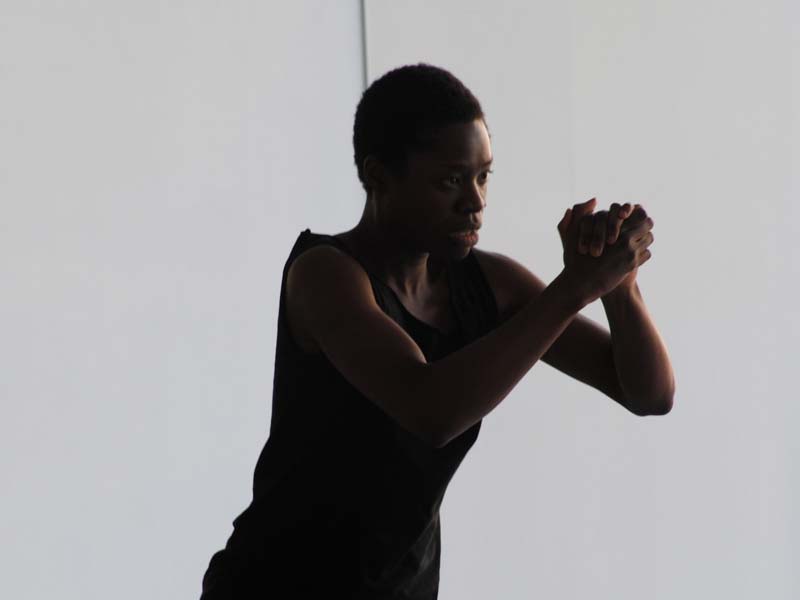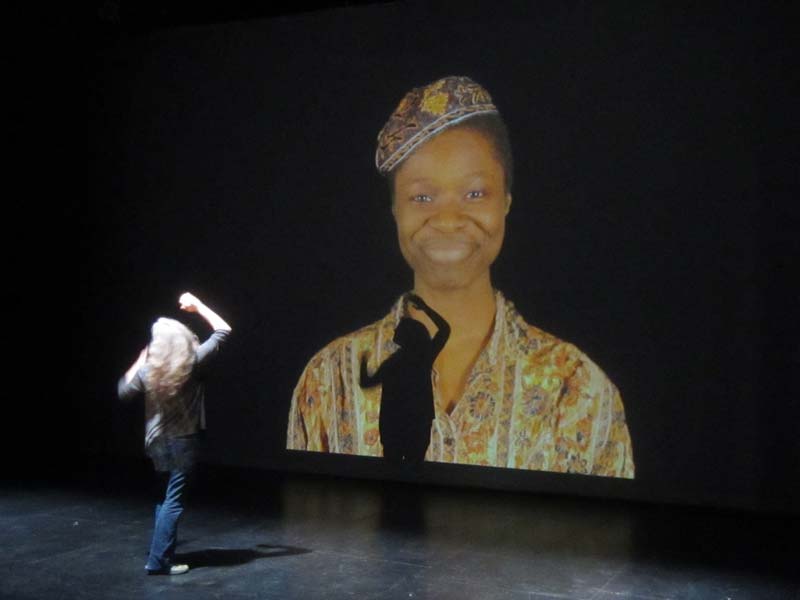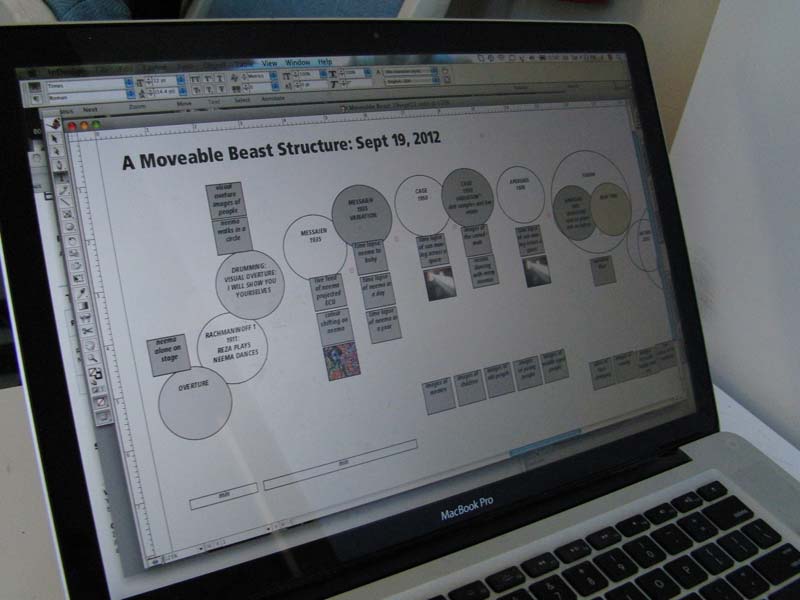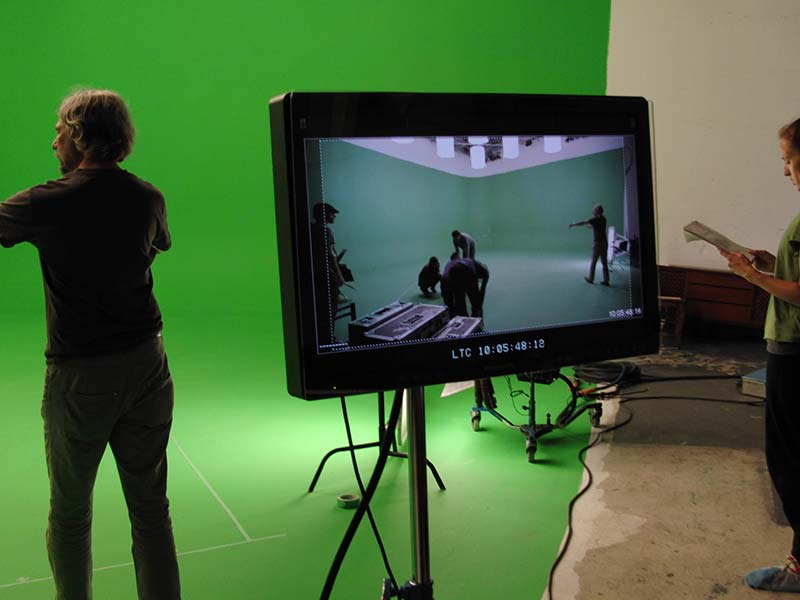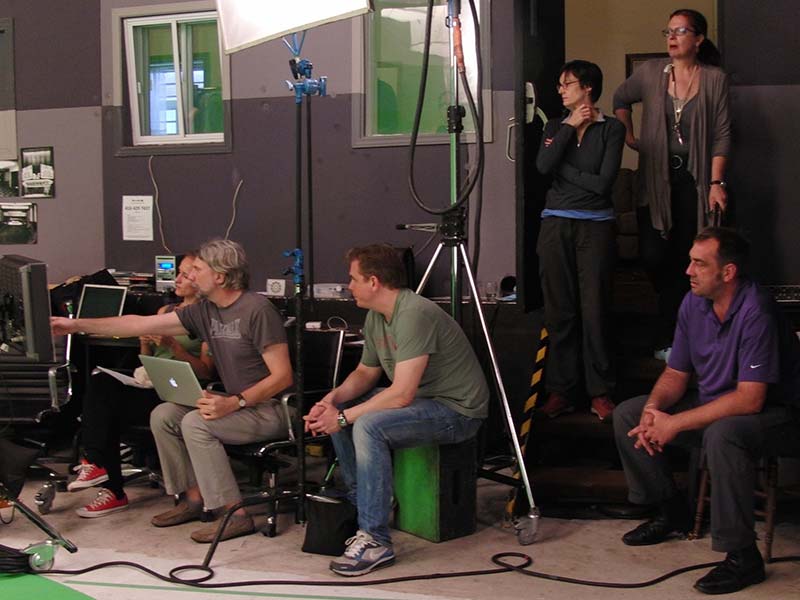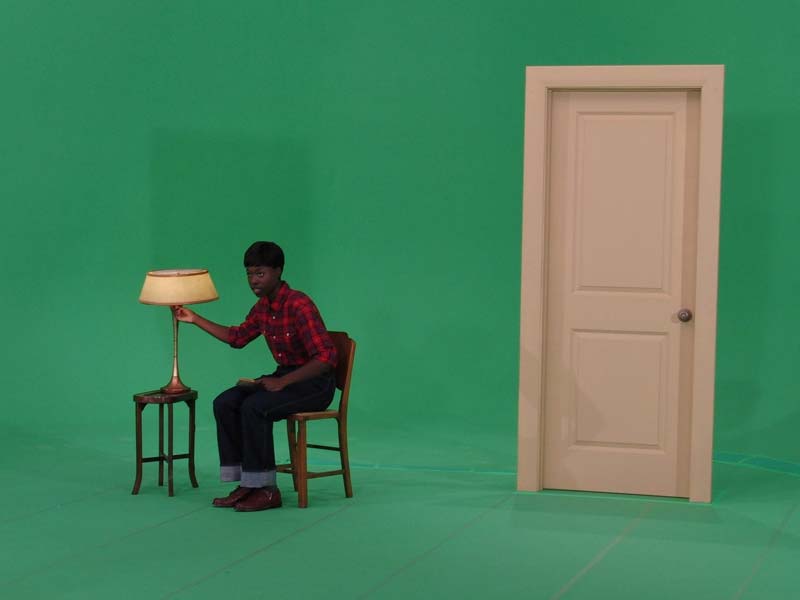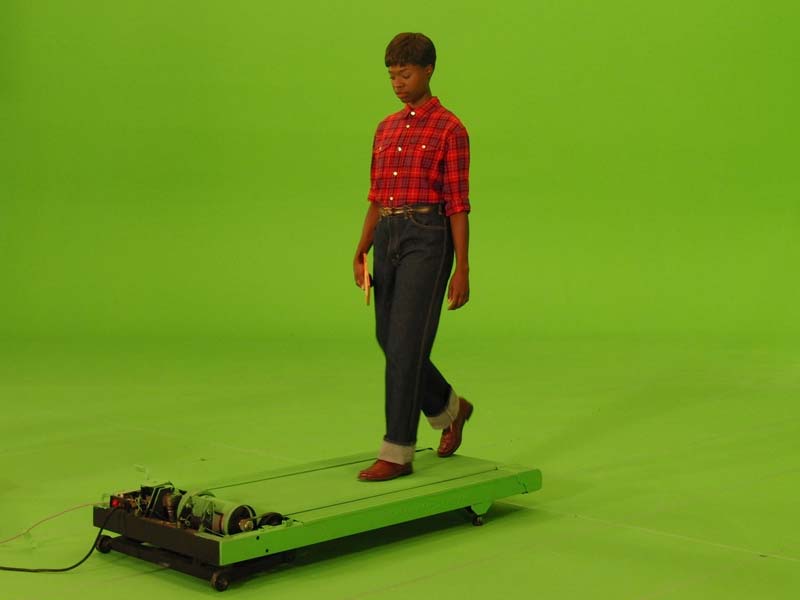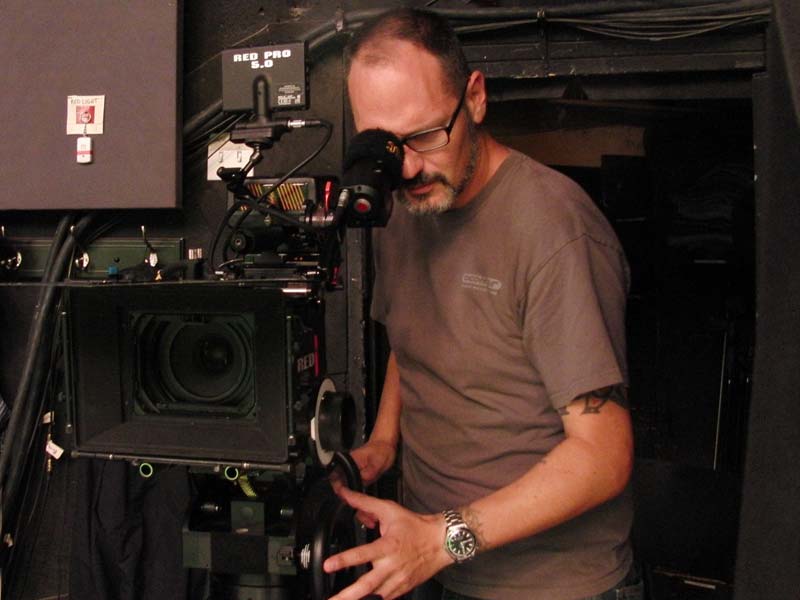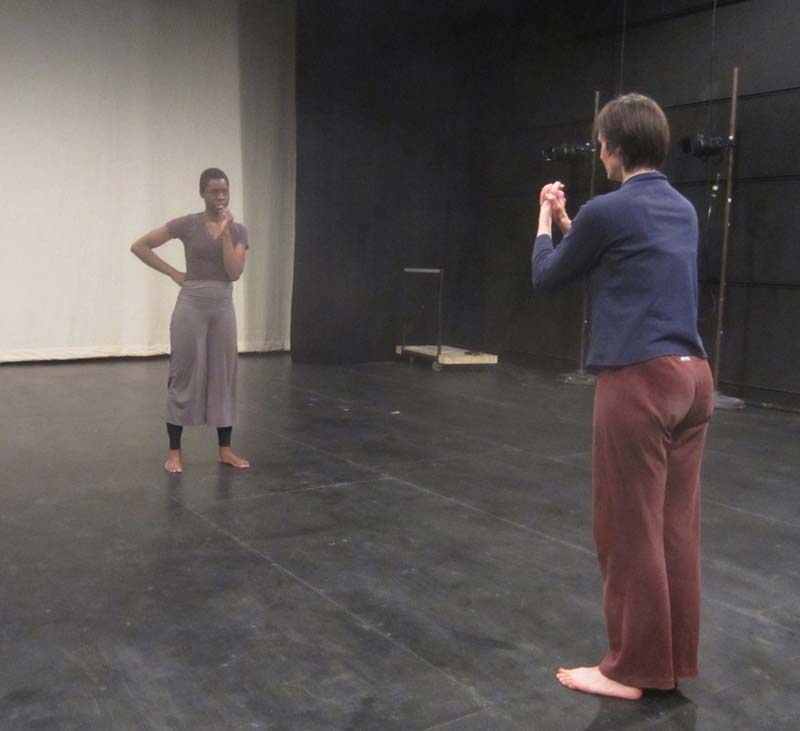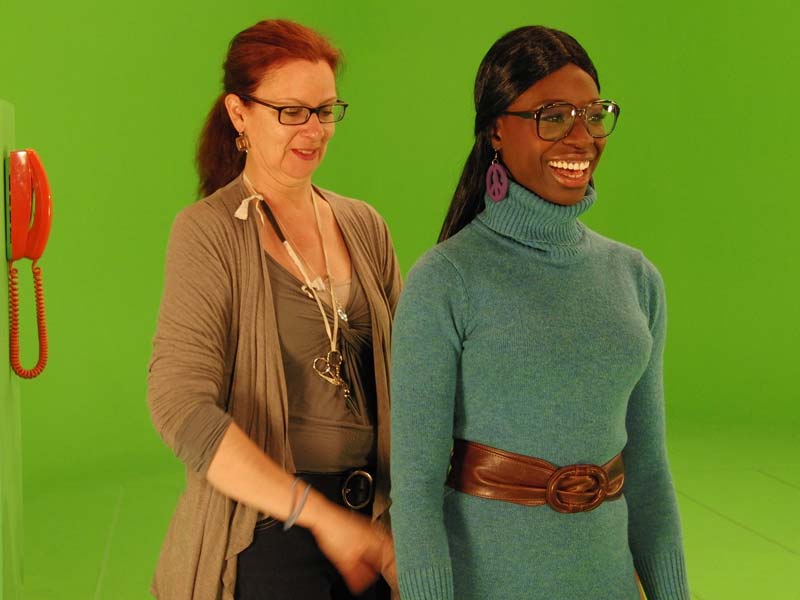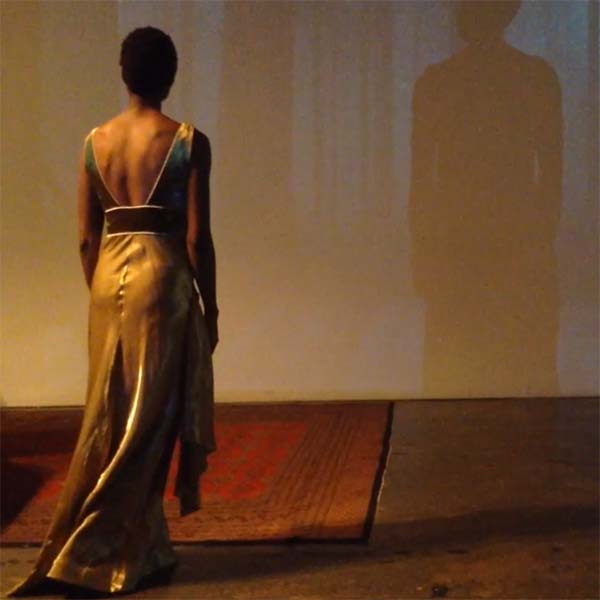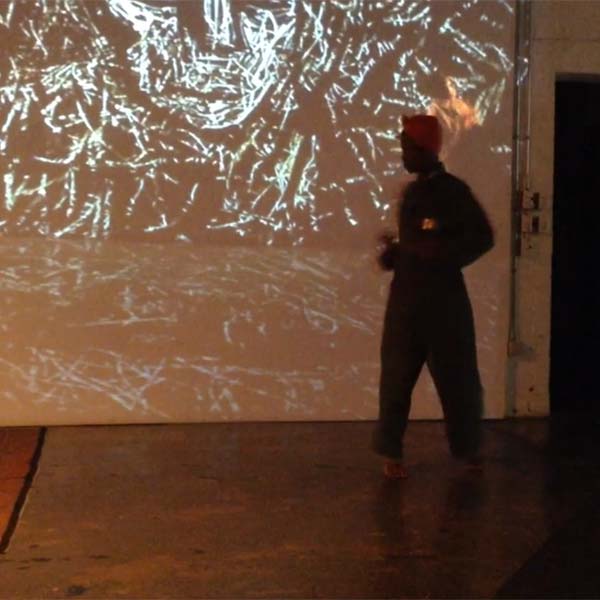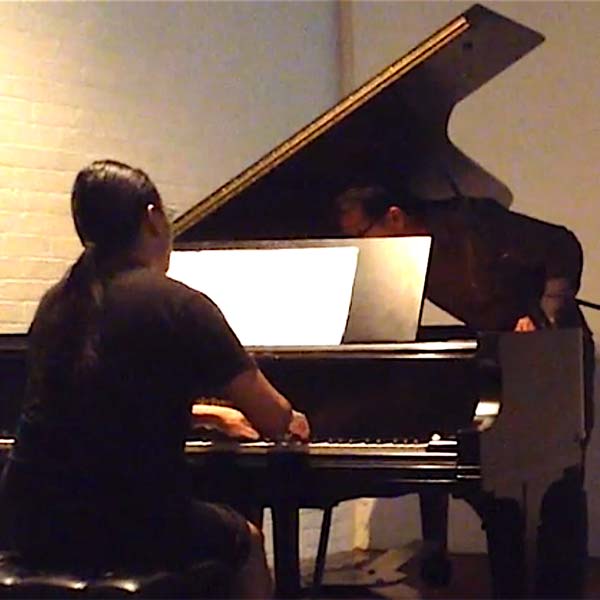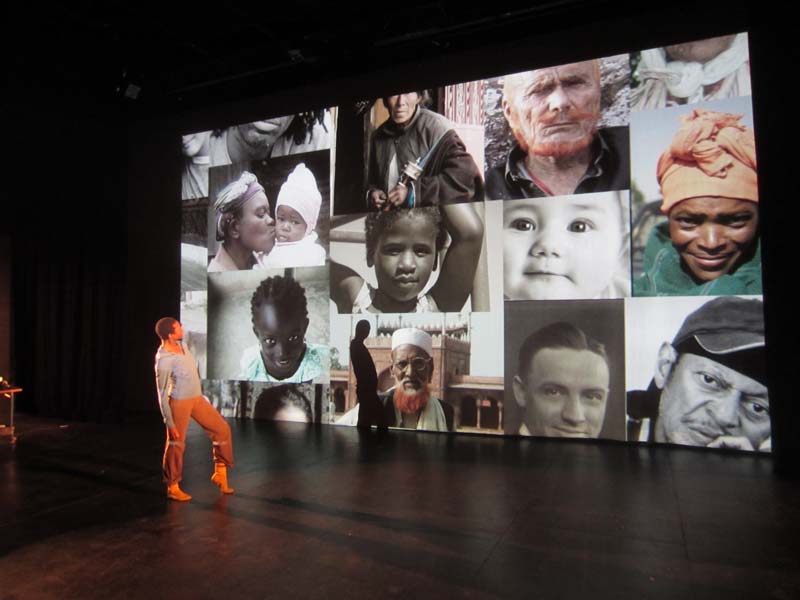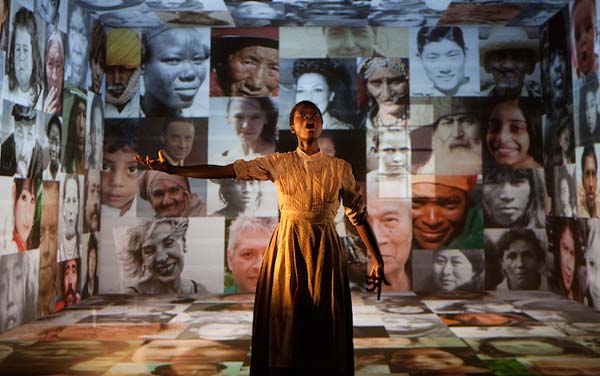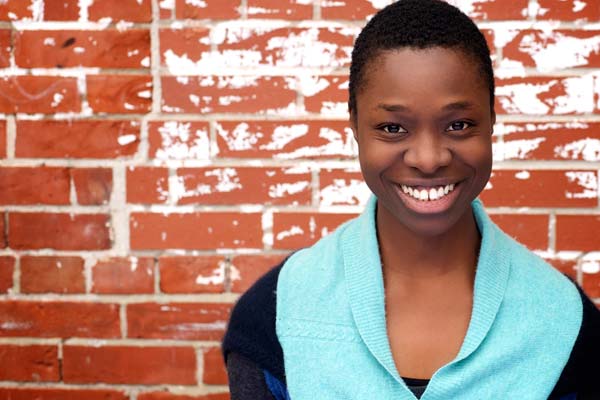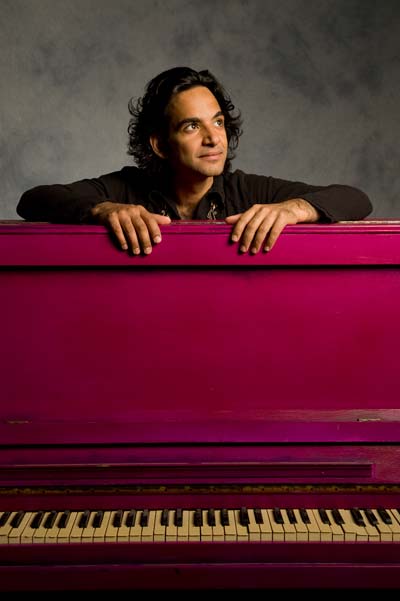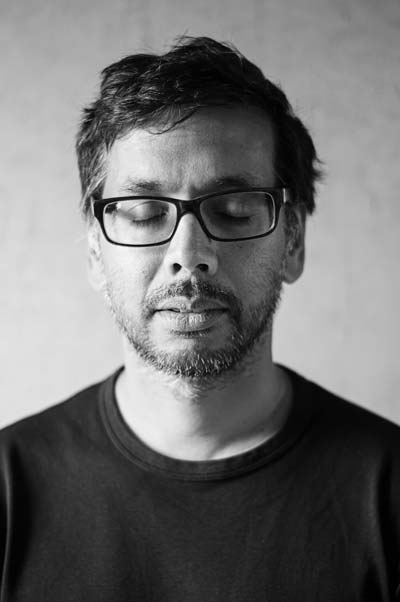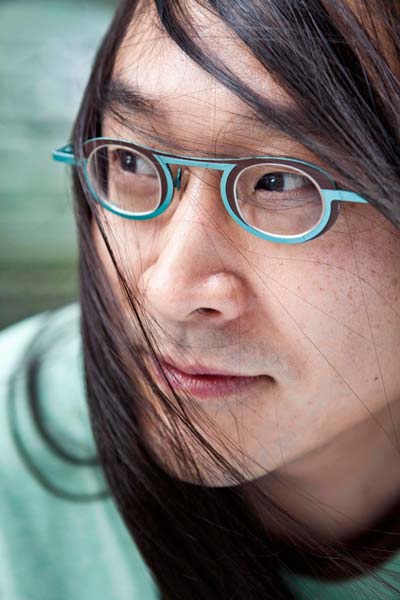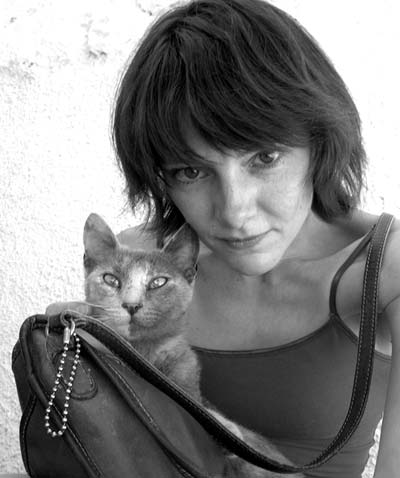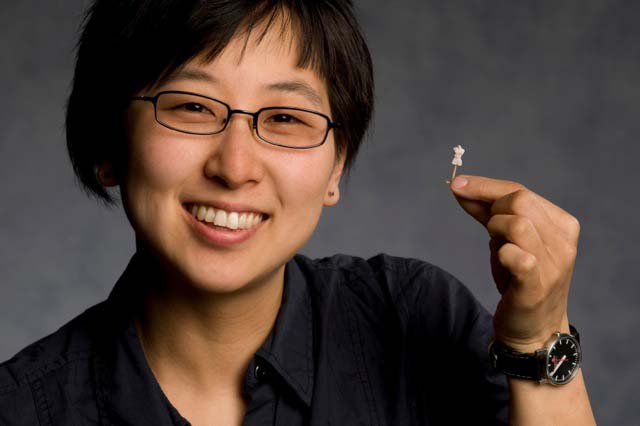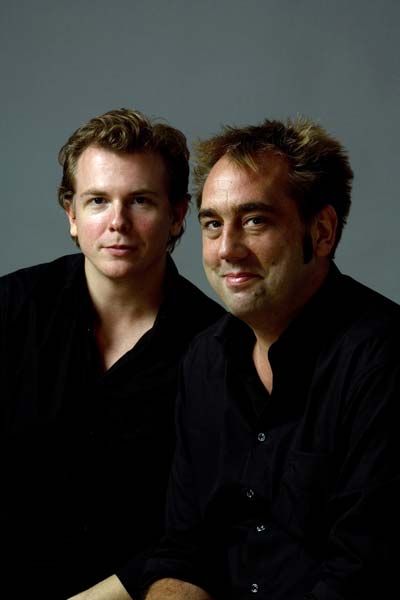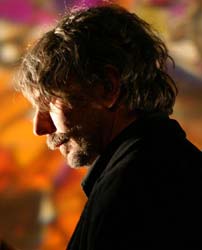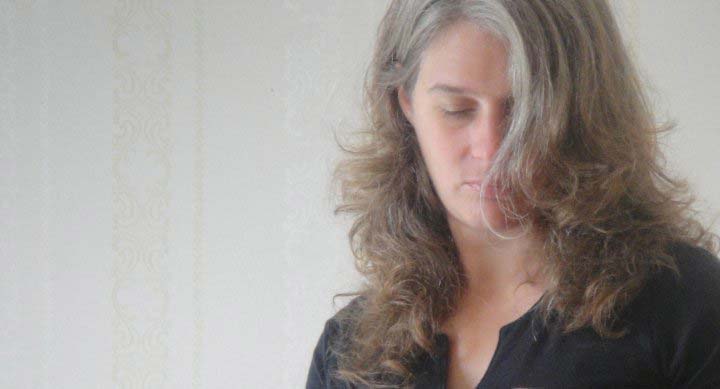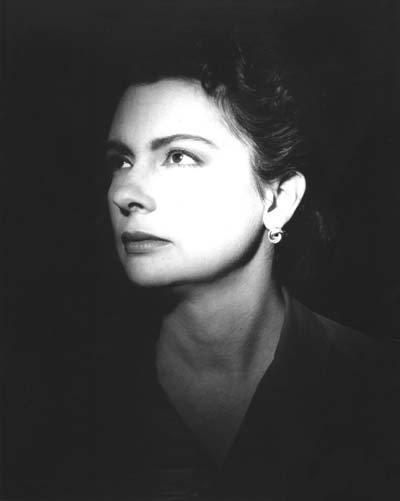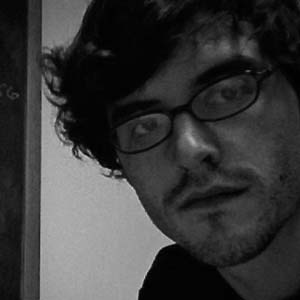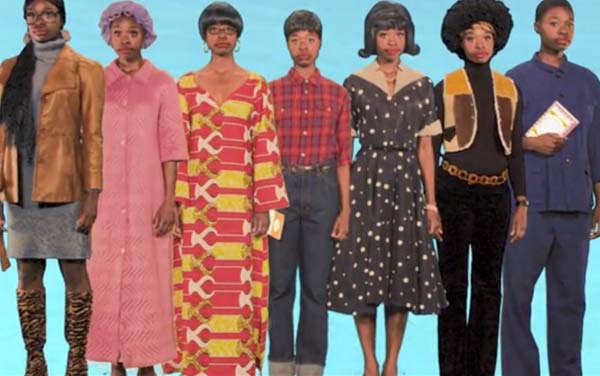Cubism
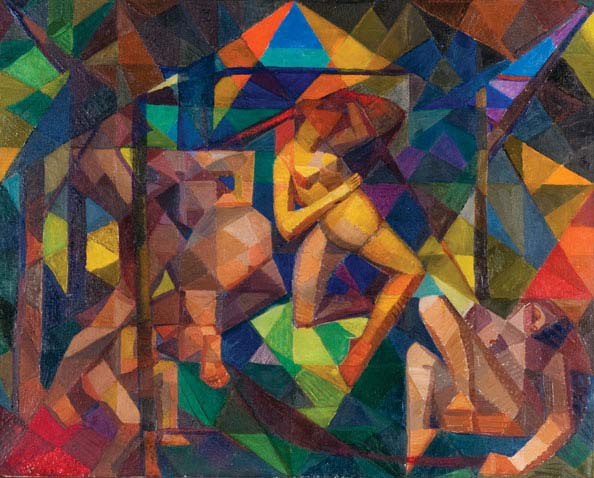 Kathleen Munn, The Dance, 1923
Kathleen Munn, The Dance, 1923The Cubist Movement emerged at the turn of the 20th century in Paris and, from its conception onward, completely revolutionized the face of art.
Its pioneers were Georges Braque and Pablo Picasso who, between 1907 and 1914, began an adventure in experimentation that would be continued and transformed for decades onward by artists around the world.
An earlier generation of artists, the Impressionists and the Fauvists, had already begun to challenge the deep-rooted idea that art's role is to copy nature. Rather than aspiring to realism, their paintings portrayed subjective experiences of the world.
With major advances in technology – photography, film, the automobile, aircrafts – changing the ways people perceived the world around them, Picasso and Braque wanted to find a new way of showing reality as they experienced it in the modern world. The visual language they arrived at was born out of an exploration of three things:
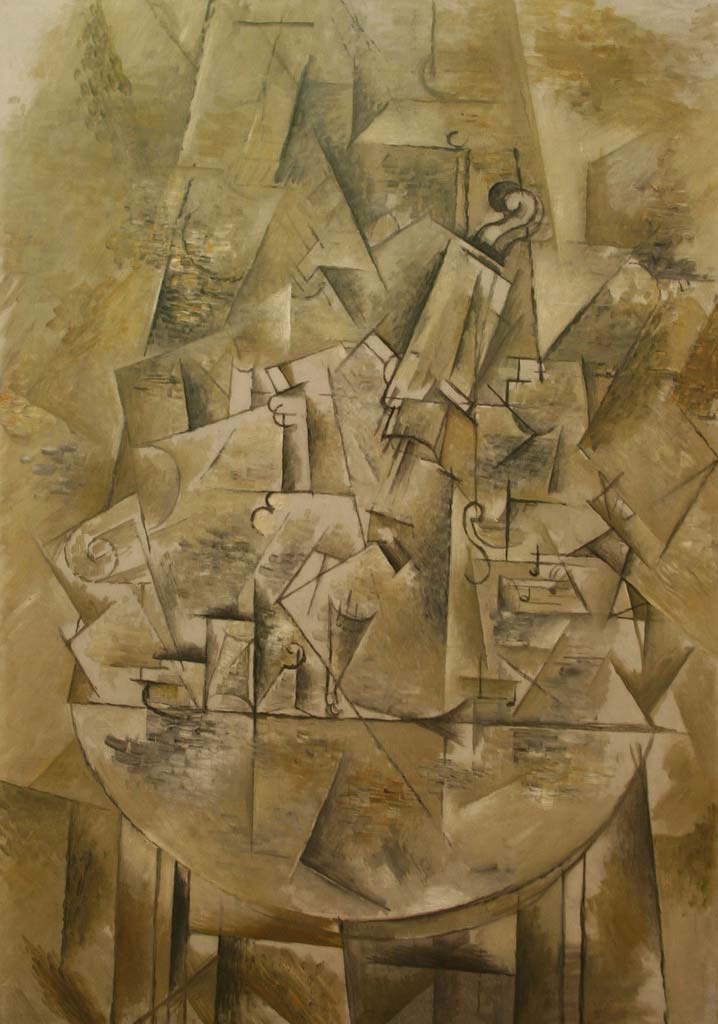 George Braque - Le Guerdion (1928)
George Braque - Le Guerdion (1928)The first was the idea of representing figures as basic geometric shapes – a technique that had been explored earlier by the artist Paul Cezanne. Braque and Picasso's geometric shapes did not behave according to traditional rules of painting. Rather than creating the illusion of three-dimensional space, they pierced and intersected each other and emphasized the two-dimensional flatness of the canvas.
Braque and Picasso searched for new ways of portraying the human face. African masks had been making their way into Europe as artifacts and curiosities since European powers had begun their colonial exploits in Africa. These masks fascinated Braque and Picasso. They revealed to the two artists that a face can be distorted, a face can be abstracted, and it can still be a face.
The third aspect of their exploration involved using many, many perspectives. For Braque and Picasso, in order to completely reveal the truth about a subject in a painting, the subject would have to be painted in all its different perspectives. In their first, 'Analytic,' phase of cubism these artists created paintings that analyzed the subject by breaking it down into geometric fragments. Sometimes this meant the subject was distorted to the point of being unrecognizable.
Later on in their explorations (now referred to as 'Synthetic' cubism) Braque and Picasso began to put the fragments of their subject back together again, and also began to collage elements from the outside world, such as newspaper, into their works.
The first exhibitions of Cubist art were met with skeptical, and at times, mocking responses from some viewers. However, this controversial new movement spread like a wildfire across the globe and opened up endless pathways for artists to explore abstract creation.
Much like in real life, there is always a purpose or function to clothing that dictates its form on stage. The projections and the music are key to the emotional landscape that our protagonist is in. The costume tells that story further by its colour, texture and cut, to set us into the particular period we are passing through. And of course, always front and centre are the needs of the movement of the dance.
- Charlotte Dean, Costume Designer
Featured Artist: Kathleen Munn
Kathleen Munn was one of the first Canadian artists to explore modernist techniques in painting. Born in Toronto in 1887, Munn was influenced by the post-impressionist and cubist movements coming out of Europe as well as the American avant-garde.
Munn took very traditional subject matter – landscapes, still life, the human figure – and transformed them through abstraction and bold experiments in colour. She was interested in reconciling new with old. In her untitled work, now known as "Nude in Forest", Munn explored containing the fragmented geometry of cubism within classical laws of proportion.
Munn's work won the respect and enthusiasm of her peers, although she remained largely unknown to the Canadian public. According to many art critics of the day, Toronto audiences were not ready for her "advanced" art.
Munn stopped making art around 1939 at the age of 52. Her works were rediscovered in the mid 1980s, after her death. Munn is now recognized as a pioneer in Canadian art.
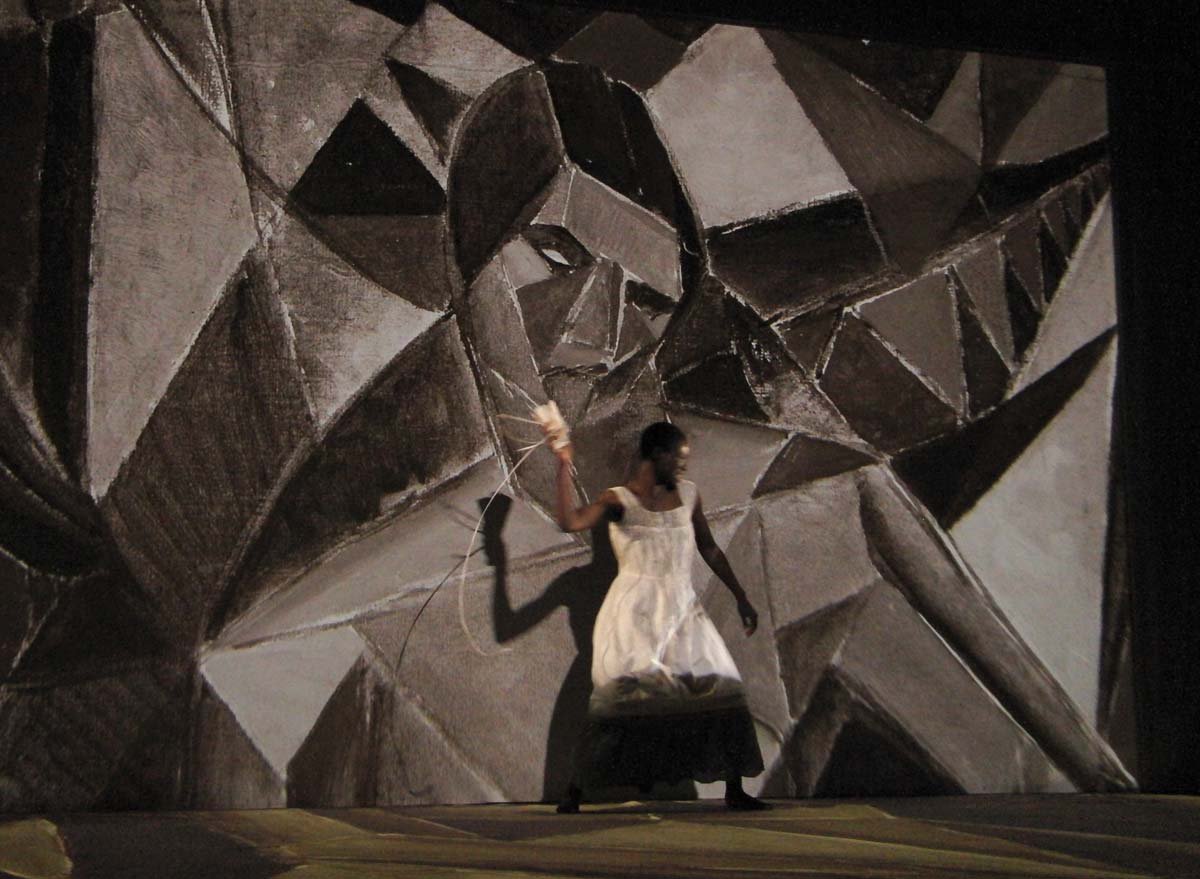 Neema and 'Untitled' (Nude in Forest) by Kathleen Munn. Photography by Jeremy Mimnagh
Neema and 'Untitled' (Nude in Forest) by Kathleen Munn. Photography by Jeremy Mimnagh
Expressionism
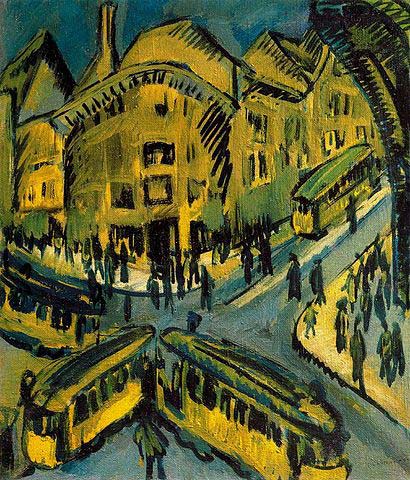 Nollendorfplatz by Ernst Ludwig Kirchner, 1912
Nollendorfplatz by Ernst Ludwig Kirchner, 1912The challenge an Expressionist artist takes up is to show the world through intense subjective emotion, through the raw responses that an event or an object can arouse in a person. Expressionism recognizes the human filter – our physical senses, our thoughts and our feelings – between us and the world around us. An Expressionist painting is like an act of disgorging that concentrated internal human reality back out onto the canvas of the external world.
Expressionists convey their responses to the world by distorting, exaggerating, or intensifying what they see. In paintings, space is often disjointed, brushstrokes agitated, colours highly contrasting or distorted. Valued above harmony and form is a sense of the visceral, the dynamic, the immediate.
From the early 1900s through to the 1930s, Expressionism emerged in Germany as a reaction to widespread anxieties about the modern world. Expressionism was more than just a style; it was a cultural current that extended beyond the visual arts community and permeated literature, dance, theatre and film. At the centre of many Expressionist works was an alienated individual, trying to survive in a world that was increasingly urbanized, mechanized, ruthlessly capitalistic, and spiritually impoverished. As a result, Expressionism became a powerful mode of social criticism.
The Nazis denounced Expressionist art, along with many other forms of modern art, as 'degenerate'. Works were banned, confiscated, and purged from museums. Some pieces made their way into the Nazi party's 1937 Degenerate Art Exhibition which displayed particularly notorious works that were alleged to "insult German feeling, or destroy or confuse natural form or simply reveal an absence of adequate manual and artistic skill".
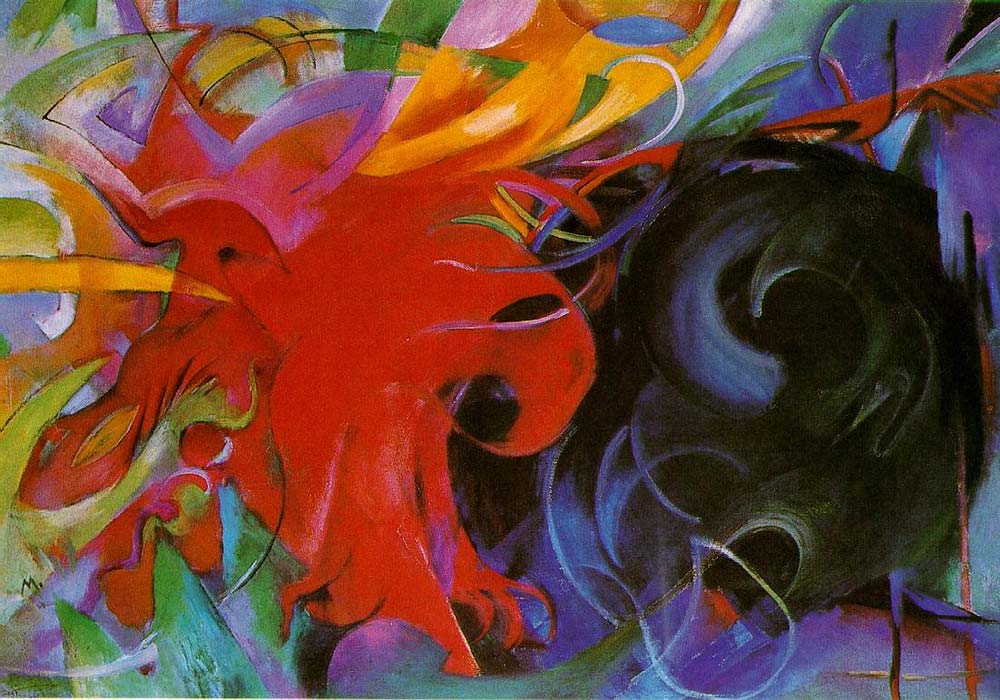 Fighting Forms by Franz Marc, 1914
Fighting Forms by Franz Marc, 1914Featured Artist: Käthe Kollwitz
 Hunger by Käthe Kollwitz, 1903
Hunger by Käthe Kollwitz, 1903Käthe Kollwitz was a German painter, sculptor and printmaker whose work highlighted the suffering of the poor and oppressed.
Already well known at the approach of the Second World War, she spoke out against the Nazi regime and as a result had her work removed from museums, was forced to resign her post at the Akademie der Künste, and was forbidden from showing her work.
Many of Kollwitz's drawings and prints are featured in Century Song, but she is also known for her sculpture. An enlarged version of her sculpture "Mother With Her Dead Son" sits in Berlin's Neue Wache Memorial, exposed to the elements by an oculus in the ceiling.
Used in Century Song: The Survivors (1923), Children Die (1924), Unemployed (1925), Sleeping Woman with Child (1930)
Quebec Automatiste Movement
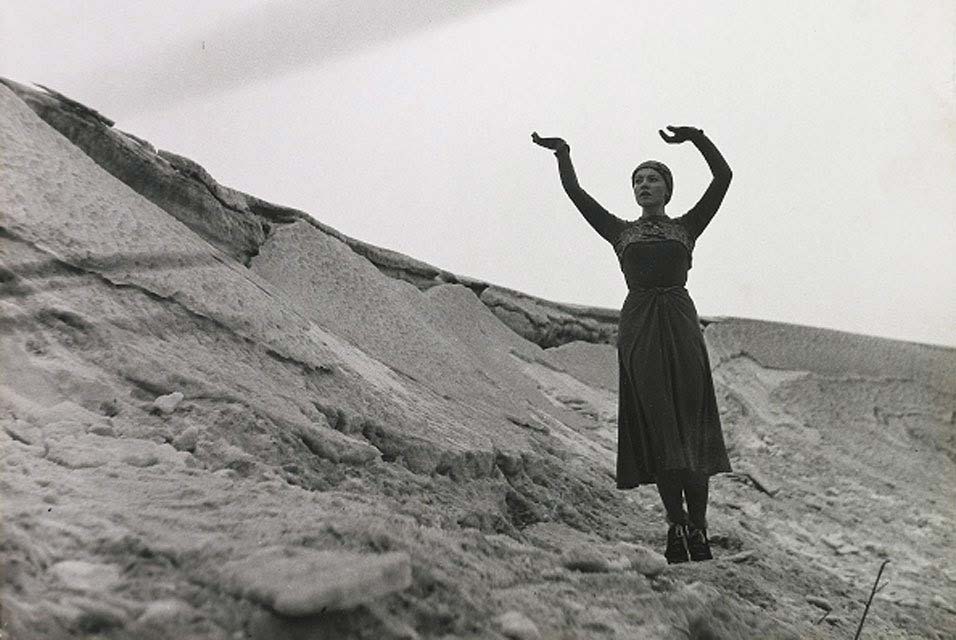 Françoise Sullivan, Danse de la Neige (Dance in the Snow), 1948
Françoise Sullivan, Danse de la Neige (Dance in the Snow), 1948In the early 1940s a group of Montreal artists began meeting at the studio of painter and teacher Paul-Émile Borduas to experiment with a new creative process.
They had been inspired by the art and writings of André Breton and the Surrealists, who sought to free their creative work from reason, aesthetics and moral concerns by accessing the raw materials of their unconscious minds. Central to this process was creating from a state of unfiltered, automatic free-flow.
For the Automatistes exploring the subconscious through art was a transgressive act. Quebec, during the 1940s, was pervaded by a socially conservative ideology, which was upheld by the tightly allied establishments of Premier Maurice Duplessis's government and the Catholic Church. The Automatistes were revolting against the established order and a cultural climate of fear. The fears of "prejudice", "public opinion", "being alone without a God", "absurd laws", and "internal drives" were, in the eyes of Borduas and his circle, stifling the lives of Quebecers. Moreover, the Automatistes saw a Quebec that was parochial, inward-looking and chained to its past. They wanted to bring about a global outlook and "a renewed faith in the future".
"We must break with the conventions of society once and for all, and reject its utilitarian spirit. We must refuse to function knowingly at less than our physical and mental potential..."
Refus global – "Total refusal" – was the name of the manifesto Borduas and his circle published in 1948. The tyranny of "reason" and "intention" would be overthrown by creative rebellion:
"MAKE WAY FOR MAGIC! MAKE WAY FOR OBJECTIVE MYSTERIES!
MAKE WAY FOR LOVE!
MAKE WAY FOR INTERNAL DRIVES!"
The Automatistes were painters, poets, choreographers, theatre-makers. Not long after Refus global was published the Catholic Church denounced the movement. Under this public pressure the group was forced to disperse, but they individually continued to pursue their work. These artists are considered forerunners of Quebec's Quiet Revolution.
The complete text of Refus Global is available in French and English.
 The signatories of "Refus Global" Maurice Perron, Seconde exposition des automatistes au 75,rue Sherbrooke Ouest, chez les Gauvreau, 1947
The signatories of "Refus Global" Maurice Perron, Seconde exposition des automatistes au 75,rue Sherbrooke Ouest, chez les Gauvreau, 1947Featured Artist: Marcel Barbeau
"What interests me in what I do is to always make sure there is a magical aspect where the work takes me by surprise. It's like a gift. The will disappears completely, making way for joy."
- Marcel Barbeau
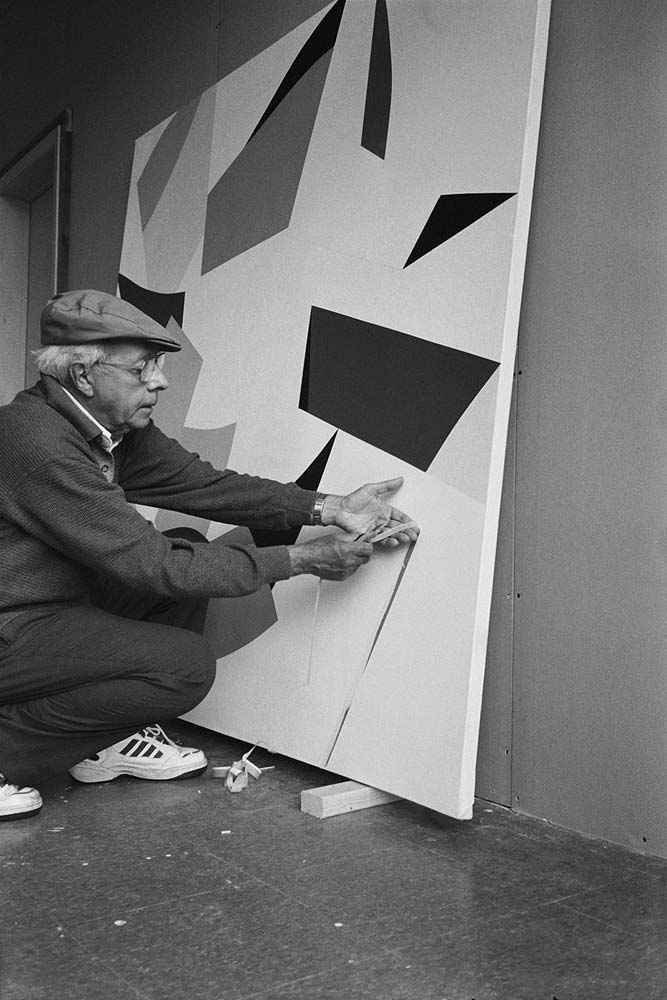 Marcel Barbeau
Marcel BarbeauMontreal-born Marcel Barbeau was a multi-disciplinary artist and prominent member of the Automatiste movement. Originally a student of furniture design, Barbeau switched into fine art and began paying regular visits to the studio of Automatiste leader, Paul-Émile Borduas. He became one of the signatories of the "Refus global" manifesto. During this period Barbeau painted Rosier-feuilles, a magnificent abstract work of swirling, crackling white lines that anticipated the drip paintings of Jackson Pollock. Barbeau generously allowed Volcano Theatre to use this painting in Century Song.
In addition to painting Barbeau also created through sculpture, photography, film and life performance. In the 1970s Barbeau began to explore combining the act of painting with music and dance. At the centre of these explorations was spontaneity and gesture.
Barbeau was welcomed into the Royal Canadian Academy of Arts and was made an Officer of the Order of Canada.
The Volcano Theatre was saddened to hear that Monsieur Barbeau passed away on 2nd January 2016.
When I contacted Quebec Automatiste Marcel Barbeau (who passed away just a few weeks before our Toronto premiere, at the age of 90) to ask permission to use Rosier-feuilles in the show, I was amazed at the generosity he and his wife Ninon Gauthier showed us. Ninon wrote to me: "Marcel, who has always been involved in transdisciplinary since the mid forties, is very enthusiastic about your project." I felt a connection to a tradition of cross-disciplinary art in this country I previously knew nothing about. These connections across time are important. I am delighted I was given the chance to learn of this artist and the movement he was a part of. I am saddened he was too unwell to travel to Ottawa to see the show (they sent friends in their stead, who, apparently, loved it), and that now, we are without him. The support and kindness that both Ninon and Marcel showed us has meant a great deal.
- Ross Manson, Director
Pop Art
By the late 1950s and into the 1960s there was a growing feeling that art had become too abstract, too divorced from life. Culture was stratified into levels of "high" and "low". Many artists were fascinated by this boundary: they wanted to play with it, blur it, or even destroy it.
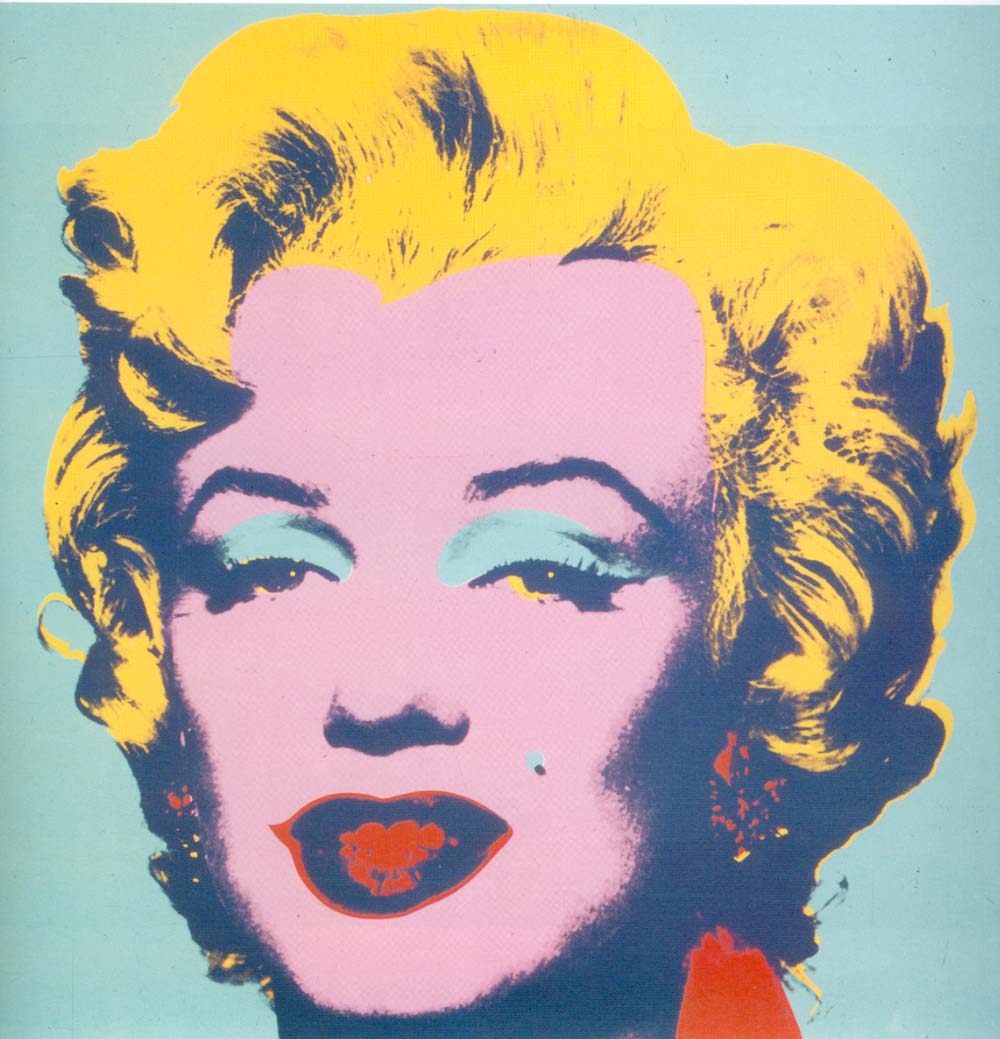 From Andy Warhol's 'Marilyn Tryptick'
From Andy Warhol's 'Marilyn Tryptick'At this time, Canada was diversifying as a nation and old policies were being put into question. In 1960, the Quiet Revolution had begun in Quebec and, in 1962, racial rules were eliminated from Canadian immigration laws. To the south, the American Civil Rights movement was gathering momentum and mass protests against the Vietnam War were on their way. The Women's Rights movement was ramping up on both sides of the border. Old social orders were being challenged: a new generation sought out its own truths.
The Pop Art movement brought recognizable imagery back into the world of art. Pop artists drew from mass media, popular culture and the commercial world. As their subjects they chose commonplace objects and people from everyday life. They sought to elevate pop culture to the status of "high art".
Pop Art has provoked many different responses and interpretations. Some people see works of Pop Art as embodied revulsions of our celebrity-obsessed, advertisement-saturated, money and media-driven world. Others see Pop Art as a celebration of these very things. Still others understand the Pop Art movement as a way of working through the anxieties of the modern age, in the tradition of the experimental movements that came before it.
One of the reasons why these different opinions can exist is because Pop Art tends to present its subject in a way that is straight-forward and emotionally removed. Still, what we see is not objective reality. In its playful, cutting way, Pop Art acknowledges that we have no direct access to the world around us. Everything we experience in life is mediated by something by something else.
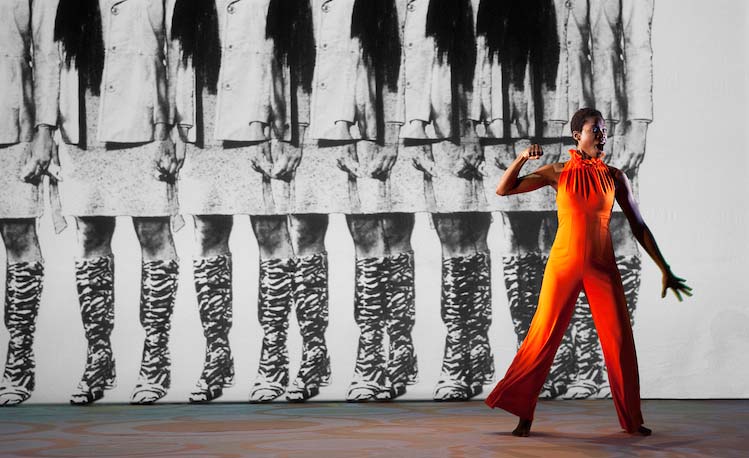 Photography by John Lauener
Photography by John LauenerTwo Pop Art Inspirations: Andy Warhol and Yayoi Kusama
The fettFilm animations of Neema Bickersteth in Century Song have been inspired by the silkscreen printings of Andy Warhol and the polka-dot motifs of Yayoi Kusama.
Andy Warhol began a very public career as one of the most successful commercial illustrators in America. He vaulted himself even further into the mass-media gaze as a self-created celebrity-artist. Among Warhol's most iconic images are his silkscreen Marilyn Diptych (1962) – completed weeks after Marilyn Monroes death, and Campbell's Soup Cans (1962) – thirty-two Campbell's Soup Cans depicted on thirty-two canvasses.
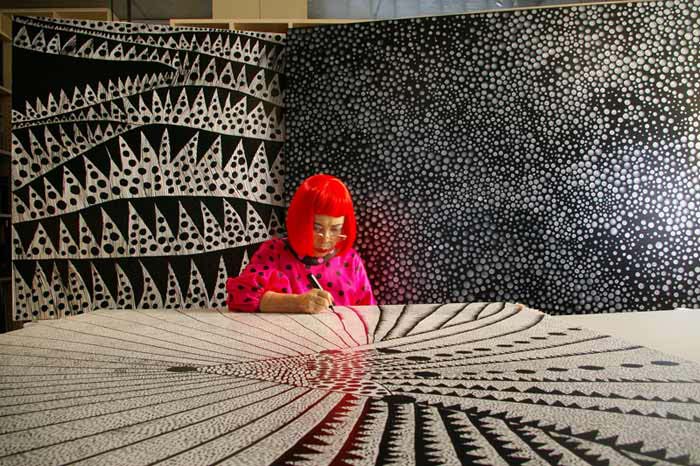 Yayoi Kusama
Yayoi KusamaYayoi Kusama uses her artwork as a way of working through trauma. She has painted assaults of polka-dots, which approximate the terrifying hallucinations Kusama experienced as a child, over floors, walls, ceilings, furniture, and most recently, Louis-Vuitton bags.
Kusama plays with the idea of accumulations and obsessions: rooms stuffed with innumerable phalluses, mirrors reflecting mirrors reflecting mirrors (Infinity Mirror Room - Phalli's Field, 1965), carefully repeated arcs of paint building up into large patterns (Infinity Net series, 2009). Much of Kusama's early work championed sexual liberation and she was one of the first artists of her time to use her body as a canvas.
Video Art: fettFilm
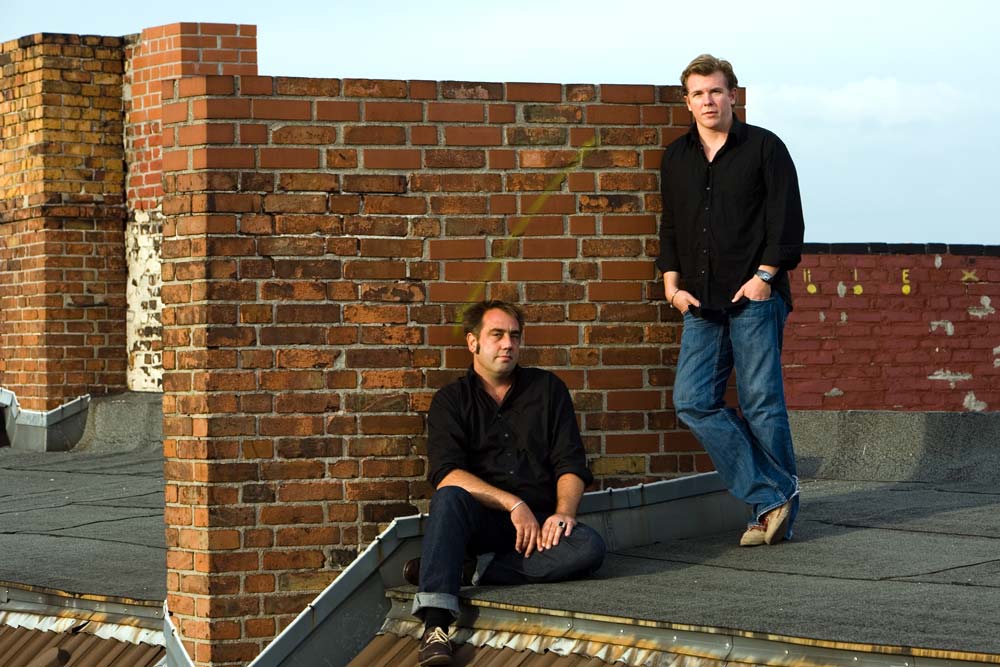 Torge amd Momme
Torge amd MommeBy combining video with other media the video artists Momme Hinrichs and Torge Möller primarily want to create multifaceted works of art, which do not merely decorate the stage or coexist with it but instead blend various artistic levels.
Volcano Theatre first collaborated with fettFilm's Momme Hinrichs and Torge Möller during the creation of the 2010 Volcano production, The Africa Trilogy.
In 2013 Momme and Torge returned to Toronto to bring Century Song's featured 20th century artworks into a new life on the stage. They also created original video for large sections of the show including the Neema's journey through the "Hall of Progress".
The use of video in the performing arts has become increasingly common. Momme and Torge's work is both unique and innovative: they seek to fully integrate their visuals with all other elements of a performance, and to make video a live, responsive event on stage.
"Unlike costume, stage and light, video is still an unexpected medium in theatres. It has more potential than being a mere representative feature of cinema and TV-culture. In combination with the stage and acting it can give birth to a third element; liberated from its square shape, editing, panning shots and TV-series it can adapt to the stage. Used properly and with fantasy the visual material can be incorporated into the lively structure of live-theatre.
Video on stage does not function like a film. Instead of the rules of cinema or the TV-screen, those of the stage apply. It's not like in the cinema: the light goes out, the film begins. We are in a theatre: the curtain is raised, the actors appear on stage. It is different every evening, it's always live – this experience for the viewer must not be destroyed by the seemingly pre-recorded nature of the video-material. As far as content and technology are concerned, this is a very fine line to walk. On stage, video is an active partner which should be taken seriously. This is certainly the most important insight that a creator of theatre should consider when using video in his production."
- fettFilm
